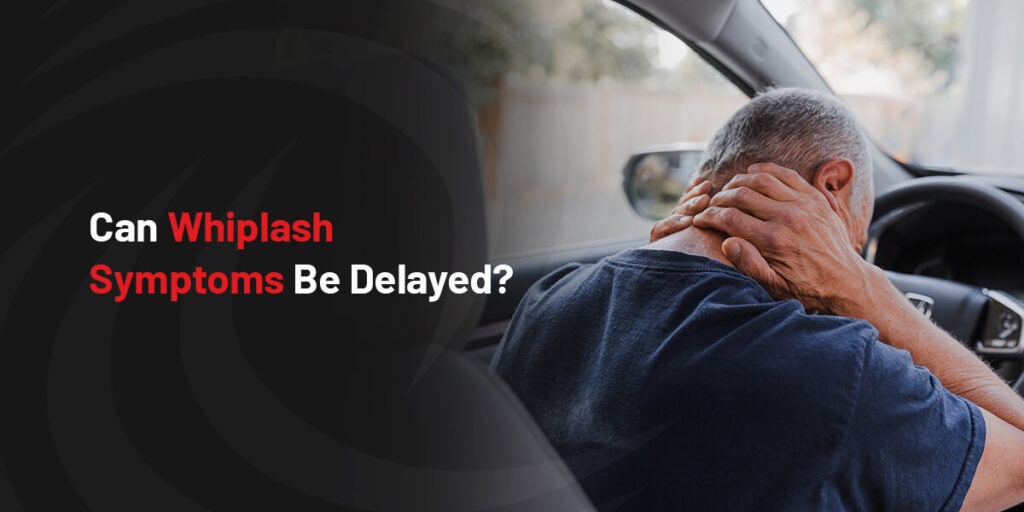
Whiplash is caused by a rapid back-and-forth movement of the neck. It is sudden and quick, and the abrupt motion causes the muscles and ligaments to stretch and tear. Whiplash commonly occurs as a result of a car accident in which you come to a sudden halt after traveling at a high speed. However, you can experience whiplash because of a sports injury or an amusement park ride.
The cervical spine — the vertebrae just below the skull in the C1 to C7 region — is most directly impacted. However, lower vertebrae can also be affected, as can the intervertebral discs that act as shock absorbers between the spine bones. These discs can be displaced or even herniated as a result of whiplash. Additionally, ligaments and muscles can get pulled and torn, and the nerves that run through the vertebrae can get pinched.
You’ll likely experience some symptoms immediately after impact, but certain other symptoms could come on later. If your experience matches those listed below, reach out to an orthopedic spine center to receive support.
Many whiplash symptoms occur directly after the initial incident. Immediately after experiencing whiplash, you might feel:
While whiplash symptoms often arise quickly, experiencing a delayed response to whiplash is fairly common. You can experience delayed whiplash symptoms after a car accident or any other situation where your neck has been jerked. The delayed symptoms can appear anywhere from a few hours to a few weeks after the initial incident. This is often because your body releases adrenaline and endorphins right after the injury, which often mask the initial symptoms. Eventually, these chemicals disperse, and symptoms will begin to arise.
Another reason for the delay involves inflammation. Inflammation can take several hours to develop, and only at its height will you notice the full extent of the injury. Microtears could also happen at the time of the injury but be too small to notice at first. Over time, however, the weakened areas could escalate and become aggravated.
Most whiplash symptoms clear up on their own, but others slowly increase over time. Some delayed whiplash symptoms that you may experience include:
You might also experience chronic pain as a result of whiplash, but this is more common when the initial symptoms started quickly and were very intense.
You’ll want to seek the assistance of a medical professional if you notice any of these symptoms. A healthcare professional will likely suggest imaging tests — like CT scans or MRIs — to determine the extent of the injury. Once the scope of the injury has been determined, the healthcare professional will recommend a course of action, probably consisting of a combination of physical therapy, pain management and chiropractic care:
Desert Institute for Spine Care (DISC) is made up of a team of spinal experts who come together with one goal: to identify and treat spinal issues. We always aim to find nonsurgical or minimally invasive spine surgery options. If there is a way that the body can heal without surgery, that is always the first priority. Our board-certified surgeons are leaders in spine surgery and collectively have over 50 years of experience.
We believe that patients should not suffer in pain and have to wait to receive treatment. We will listen to your story and treat the whole situation, not just the symptoms. If you’re experiencing persistent or delayed whiplash symptoms, reach out to us and schedule an appointment today. If you have concerns that your whiplash has worsened over time and you are experiencing long-term problems, then we will help you find the root of the problem.